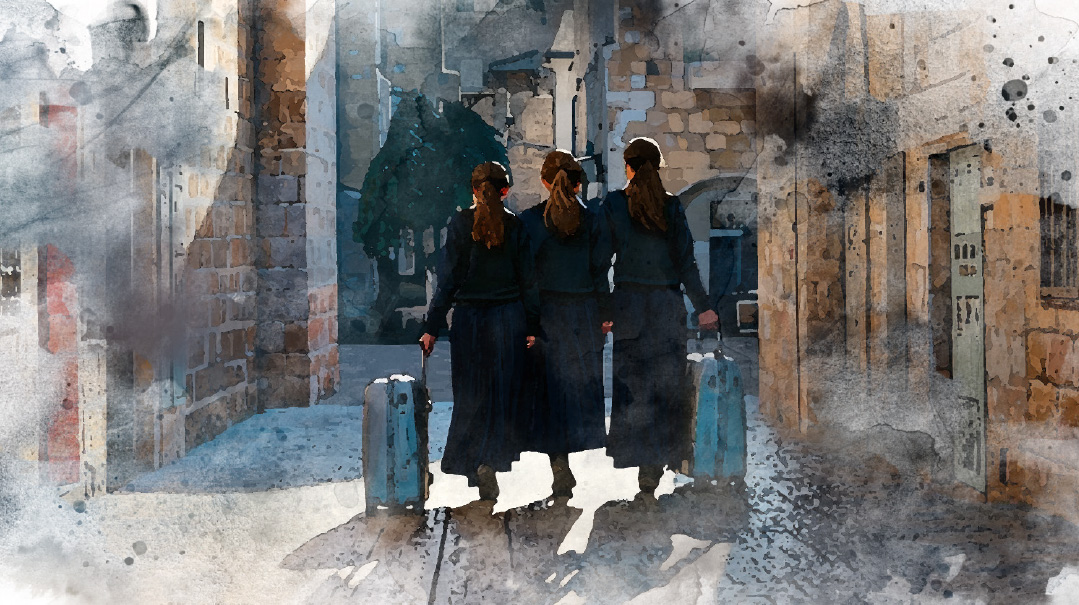Who’s on First?


One of the jokes around here is that for all the time, effort, and headache we invest in our cover stories and feature stories, just about every reader starts with the Kichels.
Of course that’s only a partial picture of readers’ likes and dislikes, but the underlying point is true: The weightiest piece isn’t always the most popular or the most discussed. And it’s definitely not the one that gets first billing when typical readers pick up their magazine.
We’ve asked many readers to describe their “Mishpacha routine”: When you sit down at the table or on the couch with your magazine, what do you open to first? And it’s a rare reader who starts with the cover story. Most are drawn to the short pieces — the easily digestible, less intimidating, more visual items or story-based items. In discussions with our staff, I describe these pieces as “you see the beginning and you see the end without having to turn the page.” It sounds funny, but I think that’s a big part of the appeal.
Our readers might be curious or excited about a cover story, but these long pieces require commitment. They require time. They require focus. So most readers save the heavy, deep-immersion reads for when they have the right chunk of time and the headspace. Sometimes that’s later on Friday night, sometimes it’s after Shabbos, and sometimes the magic combination never happens.
That’s not to say that the cover stories and long reads aren’t important. A cover story is a statement; it broadcasts a certain sense of purpose that runs through the entire publication. And the expansive, thorough, well-structured long reads that we run every week reflect so much of the magazine’s identity. But the character of the product and the conversations it spawns are more often shaped by the shorter pieces.
How does this affect us on the planning end?
First, it means that what some call “filler,” we see as extremely important. We invest tremendously in the shorter pieces — time, effort, talent, resources. We assign some of our best writers to these slots. We’ll mock up round after round of designs until we feel the look is just right. We edit them with care.
On the creative end, our writers can attest that writing short isn’t easier than writing long, and for many it’s harder. It means your ideas must be formulated with crystal clarity. That you map out the structure of your one- or two-page manuscript with precision.
This type of writing also requires a stage performer’s sense of timing. Knowing when to drop the right line, how to save the punch or the “ahhhh” for the end, how to establish a rhythm and know when to stretch it, when to break it, when to add that short sentence in the middle of a few long ones… these skills are all the more crucial when your entire performance is just 600 words long. But it’s worth the hard work, because when a reader sees that little stop-sign symbol right there on the same page as the title, they’re a lot more likely to grab your piece.
We’ve taken this understanding to our brainstorming sessions as well. When strong ideas come in, the subjects tend to think the most prominent billing is the heavy full-length feature. But when we discuss the ideas at our sessions, we try to remember all the options. And if we feel the best option is something shorter, or more “pop,” and the subject is miffed — this really deserves ten pages, they’ll argue, this really deserves the full treatment — we take a deep breath and remember the Kichels, who may technically come last but always come first.
And then we ask them in return, “Tell us, what do you read first?”
(Originally featured in Mishpacha, Issue 800)
Oops! We could not locate your form.






